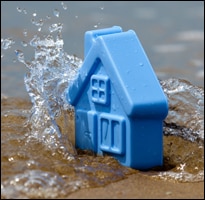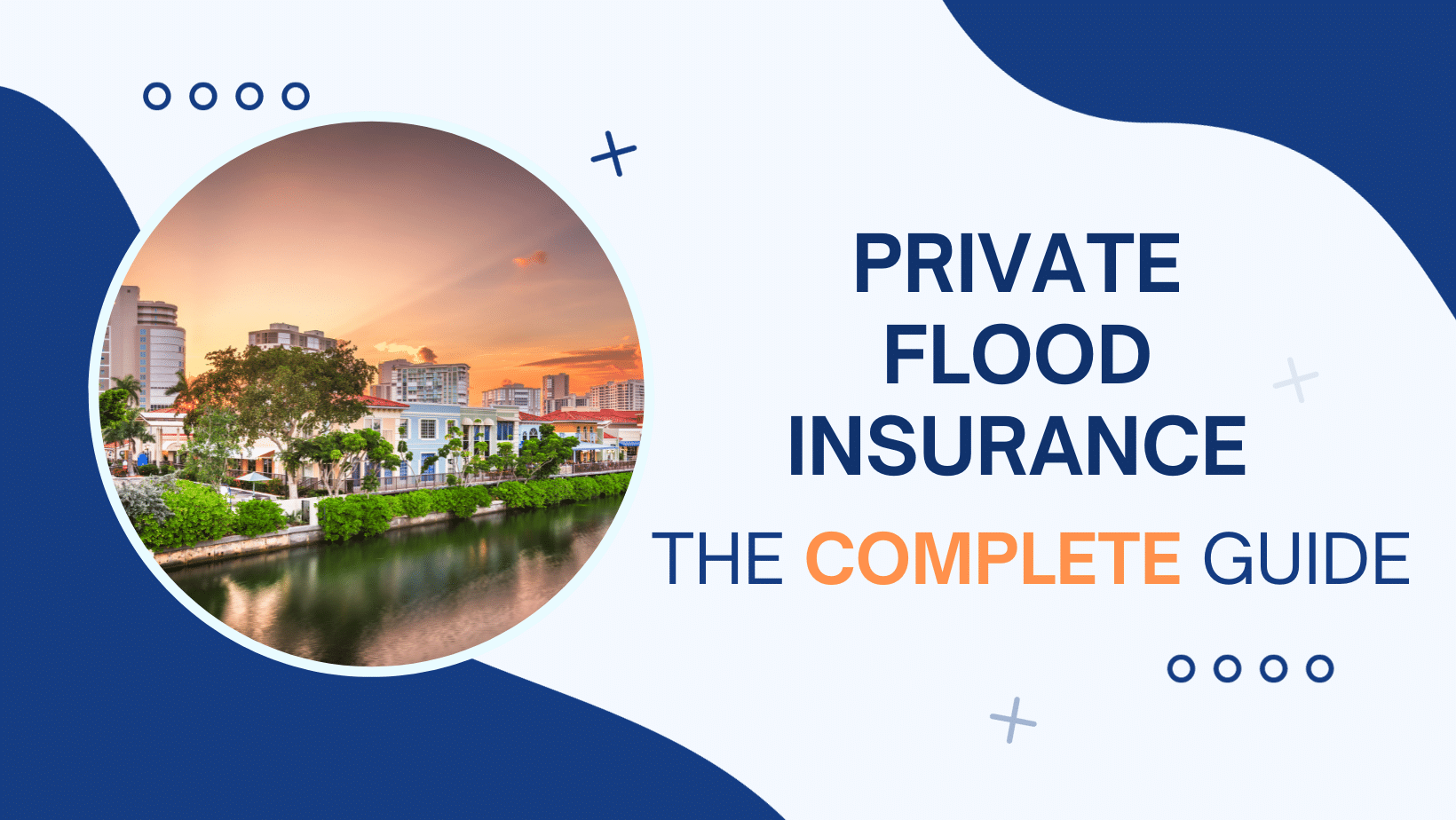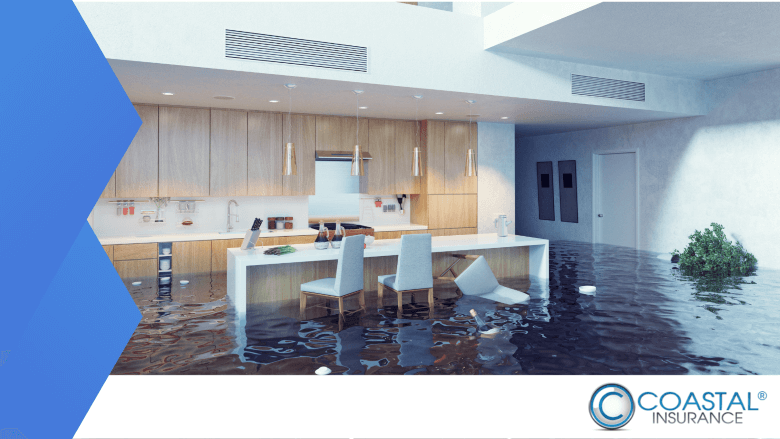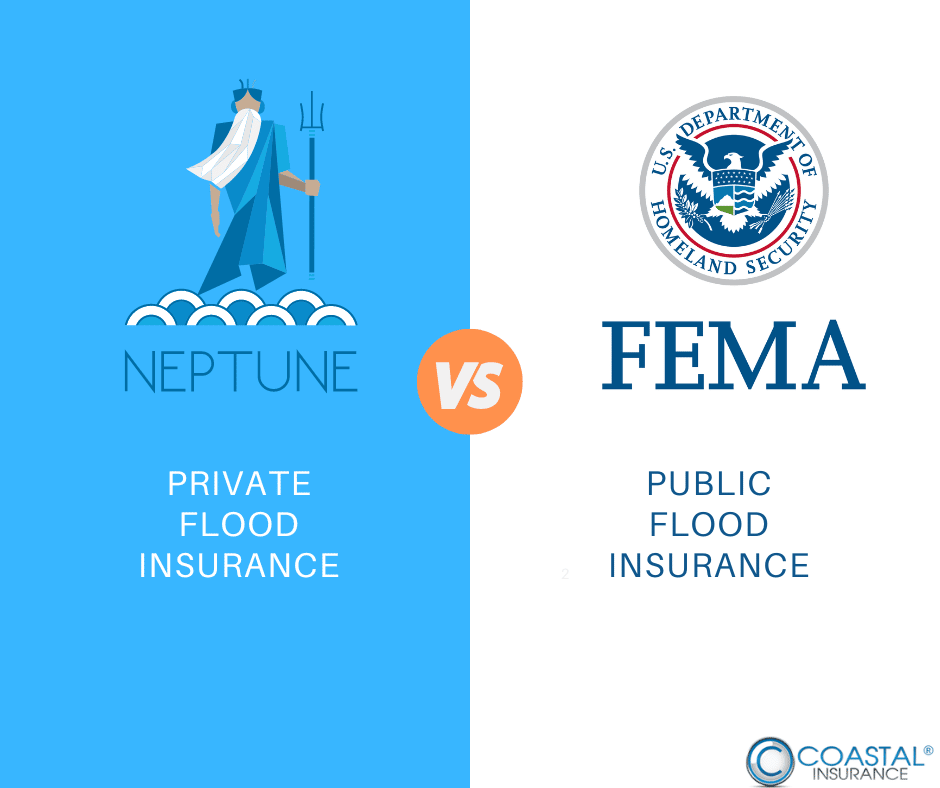
Changes to Flood Insurance (Suffolk County NY)
Under the Homeowner Flood Insurance Affordability Act of 2014, which became law in March, the NFIP is currently undergoing changes that will affect flood insurance policies across Long Island, says David W. Clausen of Coastal Insurance Solutions in Rocky Point (Suffolk County). The Act, which repeals and modifies the Bigger-Waters Flood Insurance Reform Act of 2012 (BW-12) is intended to prevent skyrocketing flood insurance rates. It will affect older buildings located in high-risk flood zones which have flood insurance polices with subsidized rates. Most subsidies remain, although they will be phased out over time. If your home was built, or substantially improved, after Dec. 31, 1974, your flood insurance rate will be based upon how high above the water level your home is built, also known as Base Flood Elevation (BFE).
If you bought a home since 2012 and paid an unsubsidized flood insurance rate, under the new law you can receive a refund check. “People can see a significant refund check if they were not given the subsidized rate“, Clausen Says.
While the new law is implemented, the policyholders are encouraged to maintain and keep their current flood insurance policies because allowing policies to lapse will leave policyholders unprotected, he adds.
Suffolk Residents Flood Insurance Quote
Buying Flood Insurance
“Mortgage companies will require that you purchase and maintain flood insurance if you are located in a zone considered to be high risk,” Clausen says. Most high risks zones on Long Island are located in flood zone AE although there are a few located in the V zone, he says.
If you are located in flood zone X most (if not all) mortgage companies will not require you to maintain flood insurance. The X zone is considered a low to moderate risk zone. Premiums run approximately $460 for $250,000 in dwelling coverage and $100,000 in contents coverage (assuming the home hasn’t had multiple flood losses). Clausen estimates.
Robert Zabbia, owner of the Massapequa Allstate agency, recommends getting an elevations certificate, which can result in lower flood insurance rates if your house is significantly higher than the FEMA-set Base Flood Elevation.
Zabbia said that discounts are available for homes with a new roof (under 10 years old), for completely renovating your house, and having a centrally monitored alarm system. You can also save by bundling your auto and homeowners insurance together. Zabbia says that many homeowners were hurt by Hurricane Sandy because they did not choose the optional coverage of the contents of their home. If you choose the contents coverage, insure only the contents of the first floor, he suggests.
If Flooding is Imminent
Listen to area radio and television stations and a NDAA Weather Radio for possible flood warnings and reports of flooding in progress or other critical information from the National Weather Service (NWS).
- Be prepared to evacuate at a moment’s notice.
- When a flood warning is issued for your area, head for higher ground and stay there. Store your car there, too.
- If you come upon a flooded road while driving, turn around and go the other way. If you are caught on a flooded road and waters are rising around you, get out of the car quickly and move to higher ground. Cars can be swept away by less than two feet of moving water.
- Keep children out of the water. They are curious and often lack judgement about running water or contaminated water.
After a Flood
As soon as floodwater levels have dropped, and officials have declared the area safe, it’s time to return home and start the recovery process.
- If your home has suffered damage, call your insurance agent to file a claim.
- Check for structural damage before re-entering your home to avoid being trapped in a building collapse.
- Take photos of any floodwater in your home and save any damaged personal property.
- Made a list of damaged or lost items and include their purchase date and value with receipts. Some damaged items may require disposal, so keep photographs of these items.
- Keep power off until and electrician has inspected your system for safety.
- Boil water for drinking and food preparation until authorities tell you that your water supply is safe.
- Prevent mold by removing wet contents immediately.
- Wear gloves and boots to clean and disinfect. Clean with a pine-oil cleanser and bleach, dry and monitor for several days for any fungal growth and odors. Consider hiring a mold removal specialist.
View the Coastal Insurance Video Library to find helpful video’s explaining everything from, how to save money on Homeowners Insurance to an easy explanation of Flood Insurance. Call today (631-782-3175) to speak with one of our underwriting experts. Fast Quotes, A.M. Best Rates & Free Advice.


 Listen to area radio and television stations and a NDAA Weather Radio for possible flood warnings and reports of flooding in progress or other critical information from the National Weather Service (NWS).
Listen to area radio and television stations and a NDAA Weather Radio for possible flood warnings and reports of flooding in progress or other critical information from the National Weather Service (NWS).


